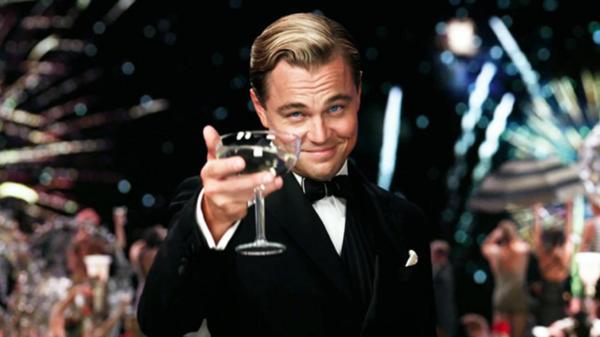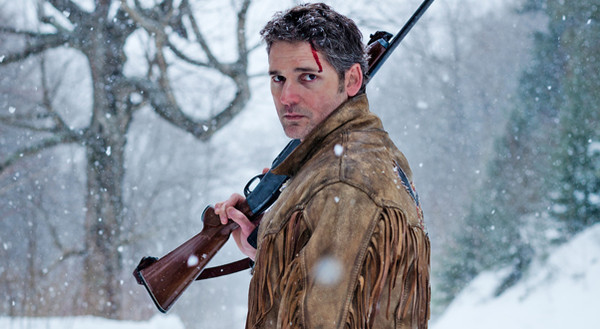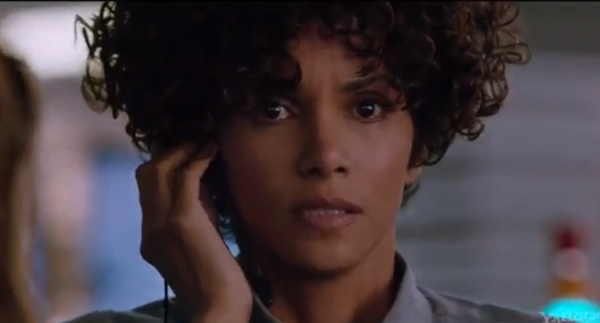The Prestige and The Illusionist were great films. Mainly because they were almost like magic tricks themselves – constantly keeping the audience guessing until the very end. Now You See Me obviously draws from the same genre, but with too many sub-plots, characters and the added heist element, it is ultimately little more than a poor man’s Ocean’s Eleven.
At the start of the film, four magicians are recruited by a mystery man to put on a big show in Las Vegas, subsidised by a wealthy businessman (Michael Caine). Calling themselves The Four Horsemen, they are cocky sleight-of-hand artist Jesse Eisenberg, psychic trickster Woody Harrelson, Harriet Houdini Isla Fisher and pickpocket Dave Franco.
Somehow or other — the script isn’t strong on explanations — they are headlining the MGM Grand in Vegas within a year. At the show, they bring a Frenchman to the stage as a volunteer, “teleport” him to the vault of his bank in Paris, and get him to steal millions from the vault.
The FBI then selects one of its agents (Mark Ruffalo) to investigate the crime, and he’s assisted by a French Interpol agent (Melanie Laurent) and an annoyingly smug ex-magician (Morgan Freeman) who has dedicated his life to working out how tricks are done, and spoiling them for the audience.
The result is a cacophony of big-name actors all vying for screen-time amidst overlapping and often nonsensical storylines. Most of the acting is underpowered, and the normally excellent Ruffalo gives the worst performance of his career. To top it off, the director can’t even decide who the main characters are. Is it the gruff and confused FBI agent and his suspicious colleague, or the four illusionists?
Unsurprisingly, the man behind the camera is none other than Louis Leterrier, whose last creative act was to inflict the 2010 3D remake of Clash of the Titans upon the world. His new film is smaller in scale, but equally short on sense. Definitely one to avoid.




















